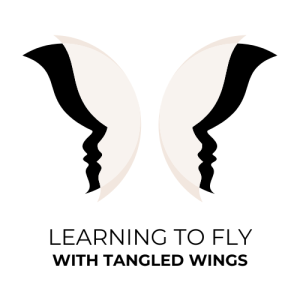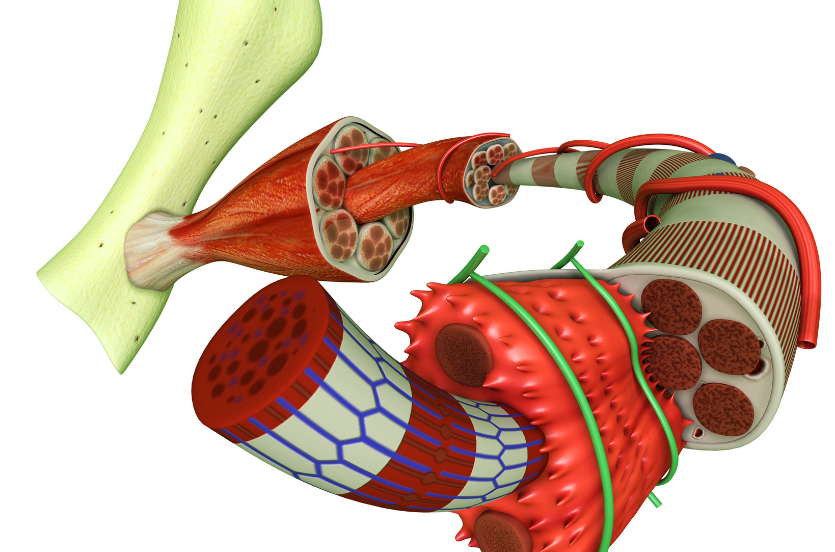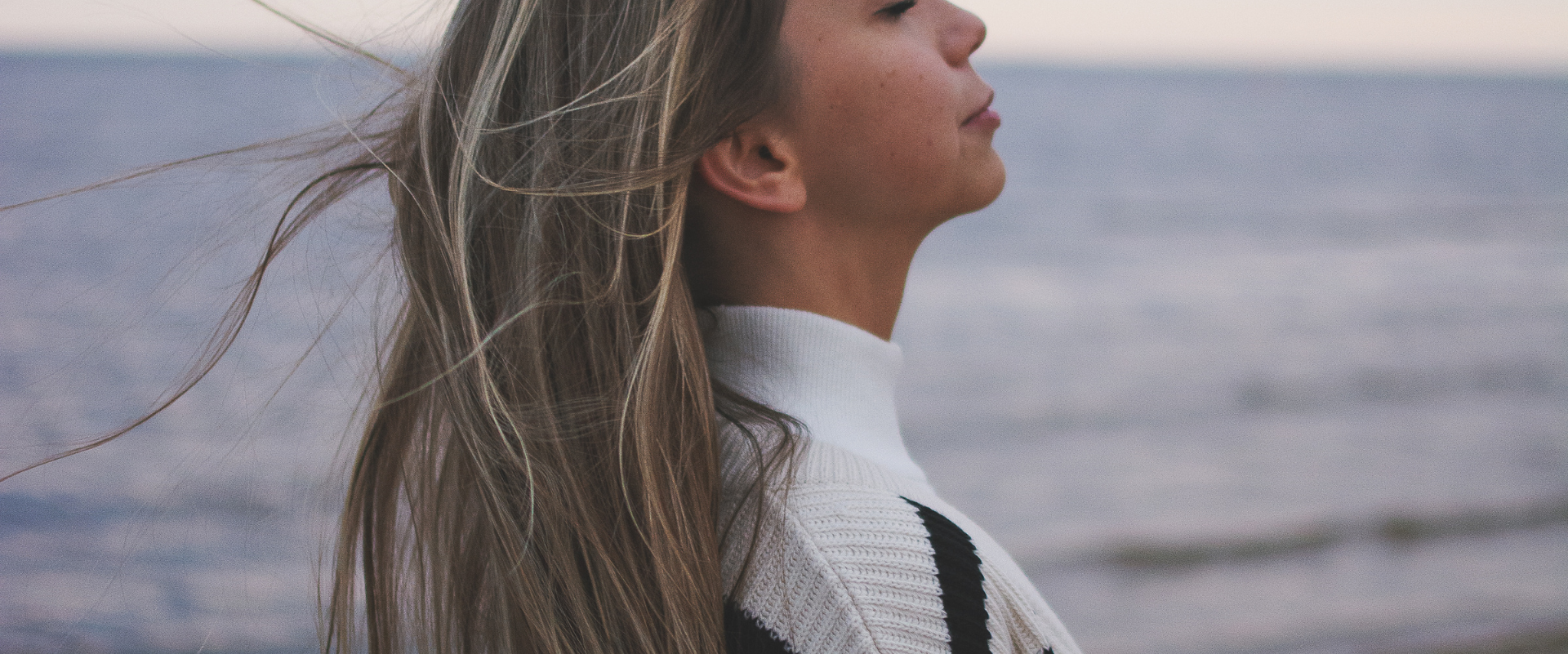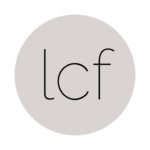In our yin yoga & ropes practices, we hold poses for a longer amount of time. This targets our deepest connective tissues of bone, cartilage, muscles, fascia, tendons, ligaments & scar tissue. Each is comprised of various ratios of two proteins – collagen & elastin. Elastin allows for flexibility while collagen gives strength. When connective tissue is free to move how you require, alignment within the body improves. By targeting these tissues, we are able to release long-held tension patterns within the body.
- Bones: Our skeletal system provides structure & protection for our anatomical bodies. Bones have a blood & nervous supply & while they do change by breaking down & rebuilding as they respond to stimuli & stresses, as it applies to our yoga practice, our skeletal structure largely is what it is. Our genetic makeup is just one facet of our converging histories to consider, that is, the many variables & influences that affect our practice.
- Ligaments & Tendons: Both of these contain high collagen ratios, meaning they are more oriented towards strength & stability, rather than flexibility. Ligaments are located at the joints & articulations throughout the body & allow for or restrict movement. Tendons are the tapered ends of the muscles that connect to the bone, allowing us to move our bones by contracting our muscles.
- Fascia: There are actually three types of fascia within the body. Superficial fascia is located just below the skin & helps to maintain body temperature. Visceral fascia wraps & suspends the organs, including the lungs & heart. Deep fascia is a spider web of tissue comprehensively encasing & connecting each bone, artery, vein & muscle inside our bodies. Deep fascia is fully integrated within & through our muscles, encasing tissues at both the cellular & holistic level.
- Scar Tissue: Maintaining or increasing or range of motion (ROM) after an injury is a combination of re-training nervous system responses, lengthening connective tissue, & working with the skeletal composition in our bodies. In part, this is why all of our practices should & do look slightly different than one another. When a tissue is torn, our body sends fibroblasts to that area, to lay down more connective tissue to repair the tear. The fibers are laid down in a cross-hatching type of pattern to create strength. However, this pattern often disrupts the natural flow, the grain of the fascia, & can create discomfort or puckering in the repaired tissue. If there is too much tension around the injured area, it can even cause additional injuries or a restriction in ROM. This is why getting fresh, oxygenated blood to that area, balanced with rest, is key to getting those repaired fibers working with, & not against, the flow of our body. As the tissues understand what movement looks like in that area, they tidy themselves up a bit & organize their cross-hatching to better support, not restrict, movement in that area. Not only does this lead to a quicker recovery time, but also lasting mobility.
Remember – motion is lotion! By moving our bodies we cleanse & heal our tissues & allow for better joint lubrication & long-term flexibility. By surrendering to gravity, we create a passive tension to lengthen these tissues. By intentionally letting go of the engagement in our physical bodies, we become more readily aware of the non-intentional (often subconscious) engagement that may be causing unnecessary stress on our bodies.





